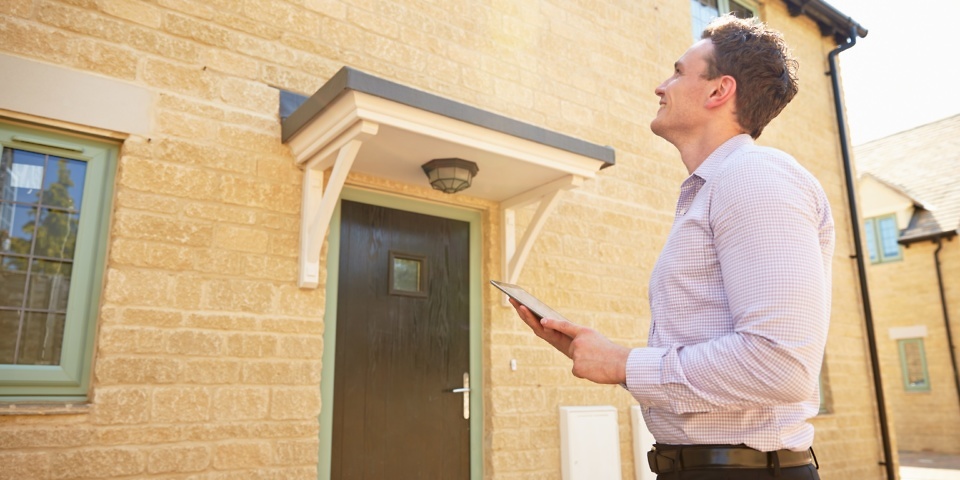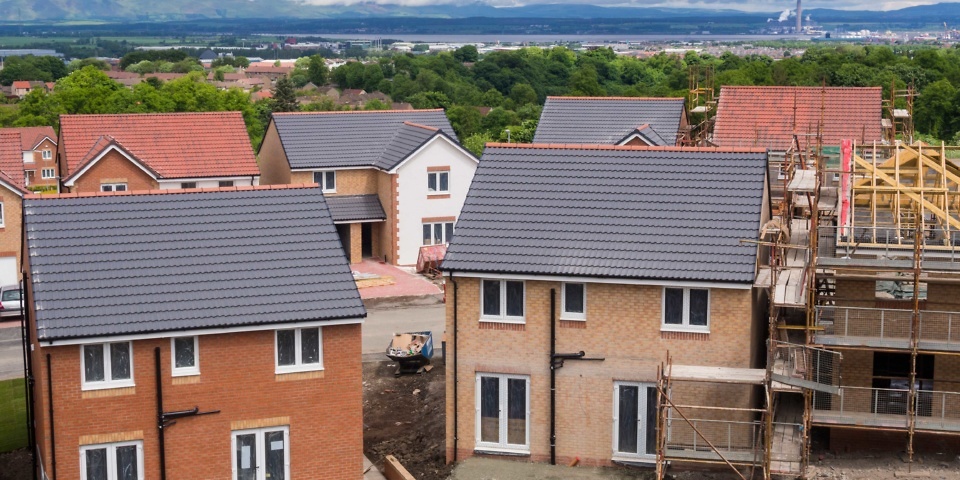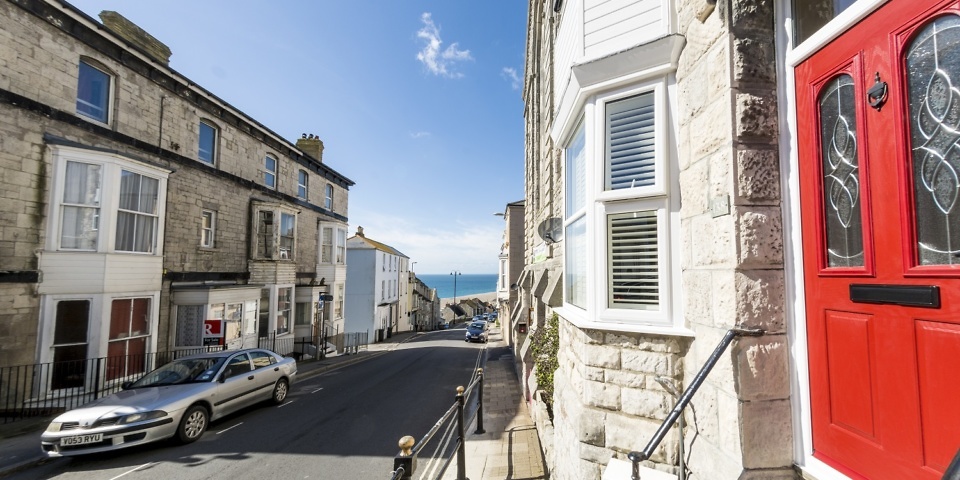
If you want to move house but are struggling to sell your home, allowing it to out may be the best choice. But going for a rental tenant can breach the relation to a residential mortgage, exactly what do you need to do?
A new mortgage from Sainsbury’s Bank is targeted at homeowners who require to change to a buy-to-let mortgage – but it’s definitely not your only option if you find yourself just as one ‘accidental landlord’.
We consider the pros and cons of Sainsbury’s new mortgage deal, and check out what other choices if you decide to discrete your present home.
Can you discrete your home?
When you buy a house with the intention of allowing it to out, you'll need a buy-to-let mortgage. This tends to carry different lending criteria from a residential mortgage, including whether your rental income can pay off your mortgage, referred to as ‘coverage rate’.
It may also be interest-only, meaning you have to pay back only the interest every month, not the loan itself.
But let's say you are because the who owns two properties? This can happen more often than you believe, including if you inherit from a relative, have to move for work, or are moving house and can not sell in a slow market.
In any of these scenarios, you may find yourself needing to discrete a house which was originally bought using a residential mortgage.
Doing this might violate the terms of your mortgage agreement. Being caught could result in a penalty in the lender, or even the full loan amount being contacted – so it’s vital that you get the right mortgage terms in position before you take on the tenant.
Sainsbury’s ‘accidental landlord’ buy-to-let mortgages
Sainsbury’s Bank has launched a brand new range of buy-to-let mortgages such as the ‘consumer buy-to-let mortgage range’, that is specifically for accidental landlords.
With this range, existing homeowners can use to remortgage a house as buy-to-let in instances where they’ve inherited a house or are unable to sell. To qualify, you’ll have to reveal that you didn’t buy with the intention to allow and you don’t own any other buy-to-let properties.
Owners could make the applying before renting out the property, or after getting a tenant.
So, what’s the catch? Firstly, your property will have to meet the same rental income requirements just like any other buy-to-let property. This might mean the rental income needs to cover 125% of the mortgage (or perhaps 145% if you’re a higher- or additional-rate taxpayer).
You’ll should also reveal that you can still satisfy the mortgage repayments in case your rate of interest rose above 5%.
In addition, as an ‘accidental landlord’, you’ll have to show that you are able to fund your present lifestyle without relying on rental income – which isn’t required of investors.
The Sainsbury’s buy-to-let range is only available through intermediaries, so you’ll have to make contact with a large financial company if you’re interested in applying.
Remortgaging with your lender
While the Sainsbury’s Bank deals are specially directed at accidental landlords, other lenders can also be available to assisting you remortgage.
If they don’t have a specific product to cater for your circumstances, the main difference may be that you’ll have to make an instance on your own, and also the lender may be less amenable if you’ve already started letting.
If you progress to some purely buy-to-let mortgage, you might be necessary to meet the same criteria as other investors. This varies from bank to bank, but will often mean that the rental income must cover 145% of the mortgage payments, even if your rate of interest rises to 5% or more.
When remortgaging, it’s worth looking for the cheapest possible rate on the deal that suits your needs. You should also consider the length of deal you’d prefer to join, keeping in mind that early repayment fees may be payable if you want to end it before the end of the deal period.
Consent to let
An option to remortgaging is asking your lender for a ‘accept to let’. In certain circumstances, they might be prepared to provide you with permission to book your property – however this is only likely to be the case should you genuinely didn't have plans to rent when you bought it.
Often, the lending company will require you to pay one more percentage on your existing mortgage rate of interest there may be an agreement fee.
A accept to let is usually granted with a limited timeframe – often for 12 months at any given time, or until the end of your fixed-rate deal period. This could allow it to be especially useful if you’re looking to dodge early repayment charges, or are intending to be away for any work posting.
Lenders could also consider how long you’ve been with them, the equity you hold, and your income.
If you have an aid to purchase or shared ownership property, there might be specific clauses in your contract that forbid letting outright.
Other considerations for accidental landlords
An ‘accidental’ landlord has the same obligations just like any other landlord – so be sure you completely understand the implications of signing a lease.
Aside from finding and screening new tenants, you’ll need to keep your property in a safe condition, or pay a management agent to do so on your behalf.
You’ll should also meet your legal obligations, including undertaking Right to Rent checks, putting deposits in an authorised scheme and, in some areas, registering having a local council or association.
You could also face the following costs:
Landlord insurance
Your normal property insurance policy is unlikely to pay for damage done by tenants residing in the home and could be voided with a rental agreement.
To protect your house, you’ll have to take out landlord insurance.
Void periods
Unless you’re lucky, your property might be empty for several weeks between old tenants moving out and new ones moving in.
Make sure you can satisfy the mortgage payments whether or not the rentals are standing empty.
Income tax
Your rental income is going to be treated as income tax, which might nudge you right into a higher tax bracket.
At the same time frame, you might be able to claim tax relief for any number of your mortgage interest – even though this is being scaled back and substituted for a 20% tax credit. You can learn more concerning the alterations in our help guide to tax on rental income.
You can also be able to claim back tax on items you buy to replace worn-out fittings or furnishings within the property.
Capital gains tax
If your house is being discrete at the time you market it, you might face a capital gains tax (CGT) bill – but relief might be available.
In 2022/2022, you can earn lb11,700 profit before you have to pay capital gains tax. On earnings above this, you’ll pay 18% like a basic-rate taxpayer, or 28% as a higher- or additional-rate payer.
If you moved out less than 1 . 5 years earlier, you are able to claim ‘private residence relief’, meaning you won’t pay any CGT.
If it had been more than 18 months ago, you might be able to claim ‘letting relief’ on the additional months, to some more lb40,000.
We explain how it works within our guide to capital gains tax and property.








